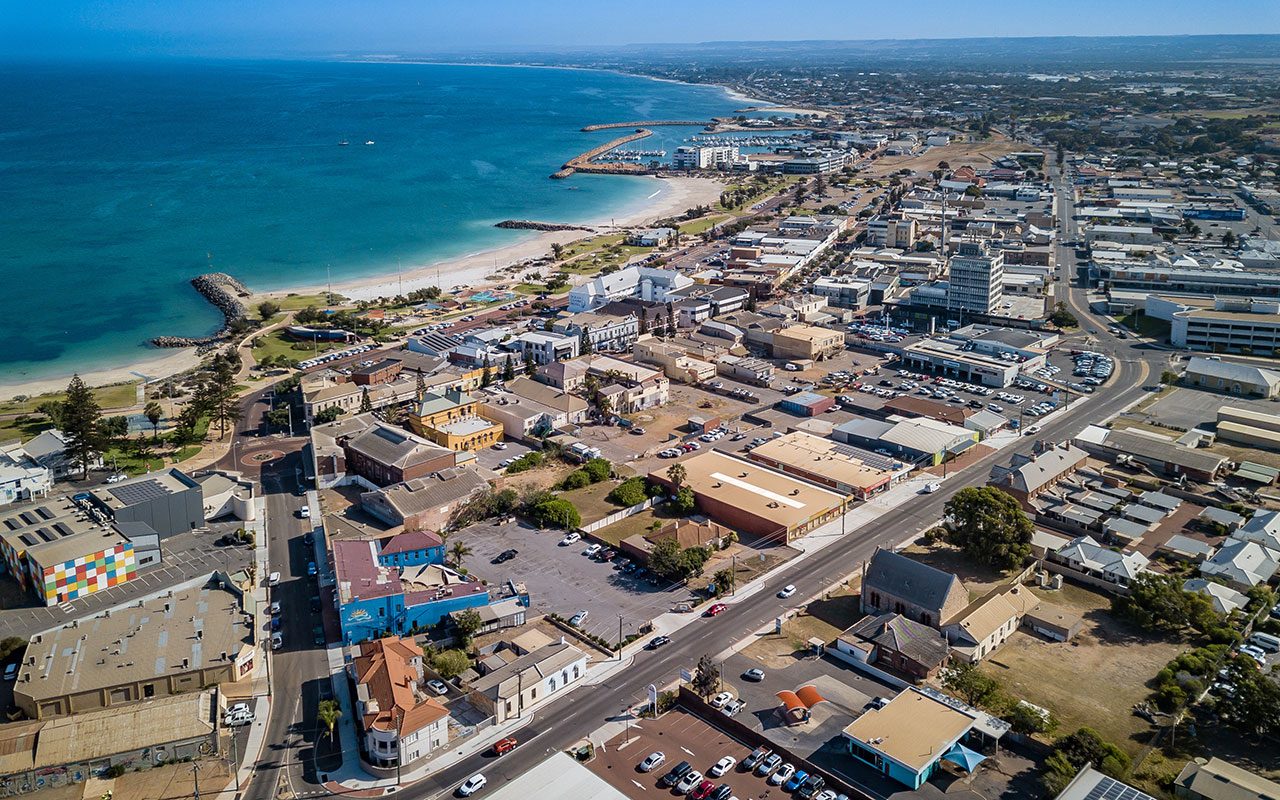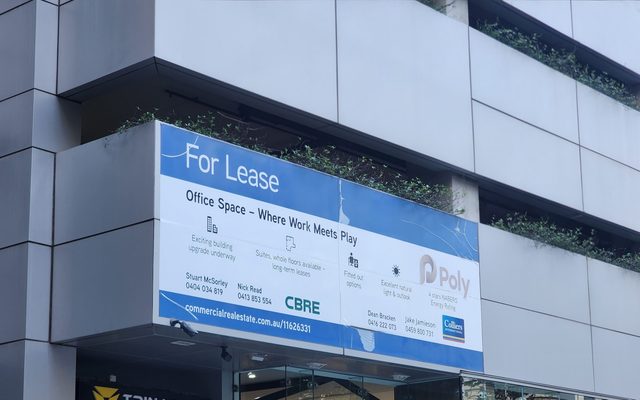This article is from the Australian Property Journal archive
AFTER recording stronger growth and milder declines through the recent cycles, Australian regional housing markets have lagged their capital city counterparts in a number of areas, having been hit harder by rising interest rates, higher cost of living pressures and normalising internal migration patterns.
CoreLogic’s Quarterly Regional Market Update, which now analyses value and rent changes across the country’s largest 50 non-capital Significant Urban Areas (SUAs), shows that since bottoming out in January, values across the combined capitals have risen to new record highs this week, while the combined regional market remains 2.5% below the peak recorded in May last year.
Price performances across the 50 SUAs varies, with 12 – eight in Queensland, two in NSW and two in Western Australia – recording new peaks in October, and an additional four sitting within 1% of their previous record highs.
Western Australia’s Bunbury recorded the strongest rise, up 4.6% over the three months to October, followed by NSW’s Lismore, and St Georges Basin-Sanctuary Point, up 4.3% and 3.9% respectively.
NSW and Queensland were the best-performing states overall, each making up four of the top 10 positions in terms of quarterly value growth. Queensland also made up half of the top 10 for annual value growth, with Bundaberg and South Australia’s Mount Gambier both recording annual growth above 10%.
In contrast, regional Victoria saw some of the largest quarterly declines, with dwelling values across Warrnambool and Ballarat falling 1.6% and 1.5%, respectively, while Batemans Bay in New South Wales recorded the largest annual decrease, of 6.9%.
CoreLogic economist and report author Kaytlin Ezzy said these regional markets are now seeing weaker growth conditions after strong gains during the pandemic upswing.
She said that following the Reserve Bank’s decision to lift the cash rate another 25 basis points and the upwards revision in inflation forecasts, said there was a good chance of softer housing market conditions ahead.
“We’re already seeing an easing in the pace of monthly growth across our largest cities, and this is a trend we can expect to see playing out more broadly at least until interest rates top out,” she said.
“Higher interest rates, higher housing prices, higher rents and high cost of living pressures are likely to weigh on buyer sentiment leading into 2024.”
Sales activity falls
While three in four of the largest SUAs recorded a rise in dwelling values over the year, only one market saw a lift in sales activity. Flood-ravaged Lismore saw the number of home sales rise from a flood-affected low base, lifting 16.5% over the year to August.
The smallest decline in sales volume was recorded across Gladstone, falling just 1.2% from the strong volumes recorded the year prior, while Kalgoorlie–Boulder and Geraldton, both in Western Australia, recorded mild declines of 3.1% and 6.1%. The remaining markets all recorded double-digit drops in sales activity. Nelson Bay in NSW was the only market to see a decrease in excess of 30%.
Properties in Western Australia’s Albany, Bunbury, and Busselton regions recorded the fastest selling times over the past three months, with a median time on the market of 18, 19, and 20 days, respectively. Busselton (1.6%) and Albany (2.3%) were also offering the smallest discounts to secure a sale.
At the other end of the scale, markets in the Southern Highlands and Shoalhaven region of NSW had some of the worst selling conditions, with St Georges Basin- Sanctuary Point offering the highest vendor discounts at 6.9% and the Bowral- Mittagong area recording the highest median time on market at 71 days.
Regional rents also lag capitals
Strong net overseas migration, smaller household sizes and limited stock has fuelled a 1.8% rise in capital city rents over the past three months. Meanwhile, normalising migration patterns have seen regional rents record a milder 0.8% rise.
Across the 50 analysed SUAs, 38 saw rents rise over the three months to October, with eight recording a rise of 3.0% or more. South Australia’s Victor Harbor- Goolwa recorded the highest quarterly increase in rents, rising 4.6%. This was followed by Bunbury (3.9%), and Queensland pair Bundaberg (3.5%) and Maryborough (3.5%).
Three markets in WA – Kalgoorlie-Boulder , Bunbury, and Busselton – and Victoria’s Shepparton – Mooroopna saw rents rise by 10.0% or more over the year to October, adding between $40 and $60 per week to the median weekly rental value. With the exception of Kalgoorlie-Boulder, each of these markets recorded a vacancy rate below 1.0% in October.
Bunbury tied with Mount Gambier in South Australia to record the lowest vacancy rate among the regions at 0.4%.
Bateman’s Bay recorded the weakest rental growth, with rents dropping by 5.4% over the quarter. It also recorded the highest annual decline in rental values, falling 9.3% over the year.
Mining and port regions were well represented in the top 10 list for the highest gross rental yields. Kalgoorlie-Boulder region offered investors the highest gross rental yields at 9.3%, followed by Geraldton at 6.7%, and Queensland’s Mackay and Gladstone at 6.5% and 6.4%
One of Australia’s most expensive SUAs, Bowral-Mittagong in NSW, returned both the lowest yield and the highest vacancy rate, at 3.1% and 3.2% respectively.




